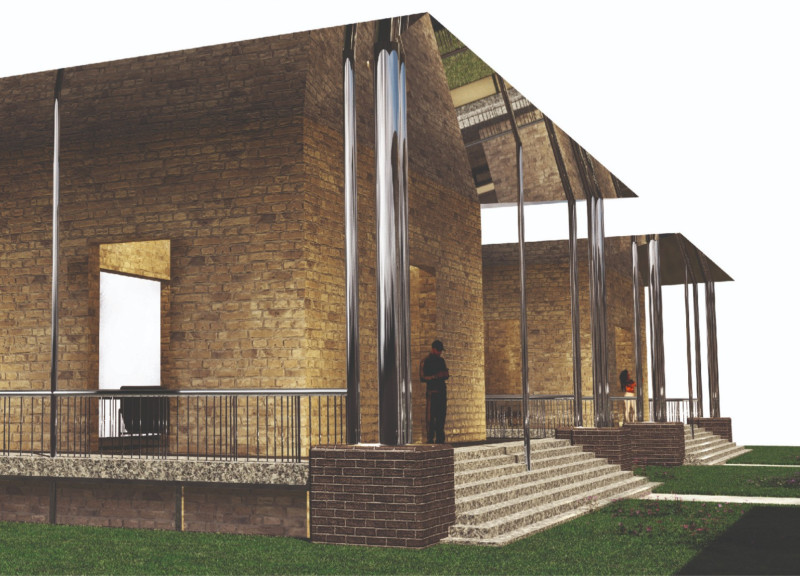5 key facts about this project
The Tili Wine Italy Guest Eco-Homes project is located in a rural area known for its wine production. It consists of six pavilions arranged around a central square, which promotes interaction among visitors while allowing for personal space. The design prioritizes sustainability and aims to connect with the surrounding environment, creating a space where people can experience and appreciate local viticulture.
Rainwater Management
Effective rainwater management is a key focus of the design. Each pavilion is surrounded by open galleries that capture rainwater from the roofs. This collected water is directed to an underground system where it is treated and made ready for reuse. This not only reduces reliance on outside water sources but also promotes self-sufficiency within the project.
Air Circulation
Natural airflow is another important aspect of the design. The pavilions are slightly elevated, allowing for expansive views of the surrounding fields. The open layout facilitates the movement of air, which enhances comfort inside the spaces. This design works to utilize breezes effectively, reducing the need for mechanical cooling and heating.
Geothermal Principles
The placement of private spaces in the subterranean level takes advantage of the earth’s natural thermal properties. By doing this, the design helps maintain comfortable temperatures throughout the year while lowering energy demands. The surrounding open galleries support airflow and protect inhabitants from harsh weather.
Architectural Expression
The project blends traditional and modern elements. Traditional brick walls contrast with contemporary stainless steel roofs. This combination reflects local craftsmanship while meeting the needs of visitors. Each pavilion has its own character but contributes to a unified aesthetic. This thoughtful design emphasizes the relationship between the buildings, the landscape, and the culture of wine production.
The material choices and architectural forms invite visitors to connect with the area’s heritage and current practices in winemaking, grounding them in the experience of rustic yet refined living.






















































